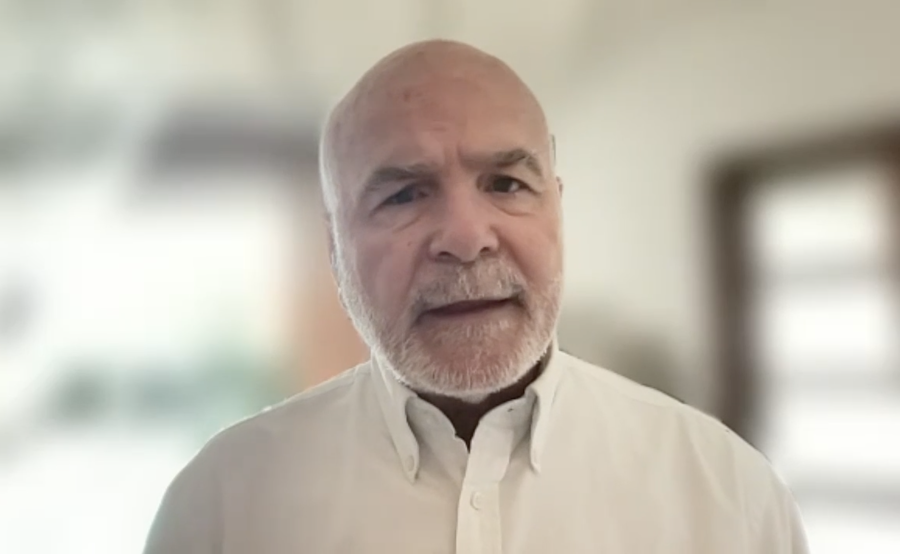As the end of August nears and summer begins to transition to fall, we are reminded of the seasonal change with the early hints of yellow leaves, the crisper evening air, the harvesting of crops, and the feeling of needing to prepare for the winter months ahead. I am, of course, speaking about a specific place: the United States. Further, I am speaking about my own specific experience recently at the Santa Clara Feast Day as part of a pueblo community remembering to give prayers of thanks at this time of year for the crops, the food, and our well-being, and honoring the attunement of our life cycles with the natural seasonal cycles. This is all expressed through ceremonial song, dance, ritual, and open hearts of sharing and giving. This is our language, our meaning system, and our profound interpretation of what it means to be human and connected to each other, to all living beings, and to the natural world. This language, this literacy of “we are related” or mitakuye uyasin of the Lakota People, is referenced in this issue of Cultural Survival Quarterly, in the article “Grandma’s Stocks,” and it is a foundational understanding in the articles written by Indigenous authors in this edition. From the Cherokee story of bringing back the tobacco, to the haolaa “songs” of the Naga People in India, to the salmon ceremony of the Takelma People in Oregon, to the chakra spiritual gardening of the Achuar People in Peru and Ecuador, we are reminded of our spiritual responsibility by elders who have gone before and by those now who continue to offer prayers, who speak with spirit world and with the natural world. These elders tell us, as the Tewa People say, “to remember to remember”: to give thanks, to be in reciprocity, and to stay connected through prayer, song, dance, and ceremony, in community, as was done on the Santa Clara Feast Day.
As Indigenous people, Native people, tribal people, we struggle for the right to be given full recognition as collective “Peoples” entitled to maintain our worldviews and our relationships with the natural world, our homelands, and the sites we hold sacred that bind us to our spiritual world; to protect our natural resources and cultural and intellectual property. We live within our Indigenous and Native societies, and also live in dominant state-societies that challenge our sensibilities as Indigenous Peoples, that require us to be educated and to participate in knowledge systems and practices that are antithetical to our own. As this magazine’s articles demonstrate, we are contemporary people negotiating multiple worlds as grandmothers, grandfathers, community workers, lawyers, artists, philanthropists, and educators. We seek to build strong Indigenous communities and tribal nations in the midst of difficult and often-contradictory complexities. In doing so, we reflect on the wisdom of the late Hopi spiritual leader Thomas Banyanca in his address to the United Nations Habitat Forum in 1976: “Land was here long before any human being set foot upon this earth. Somewhere the human race began, and we came to this land after asking permission from the Great Spirit, Massau'u. . . . He marked out the boundaries for each group on the continent, after which each group was given an individualized life plan with certain spiritual and religious beliefs, the way to worship, to live, the food to eat, the languages to speak, etc. He then gave his final instructions: live and never lose faith or turn away from your life pattern.”



